The #1 Treadmill Workout for Seniors
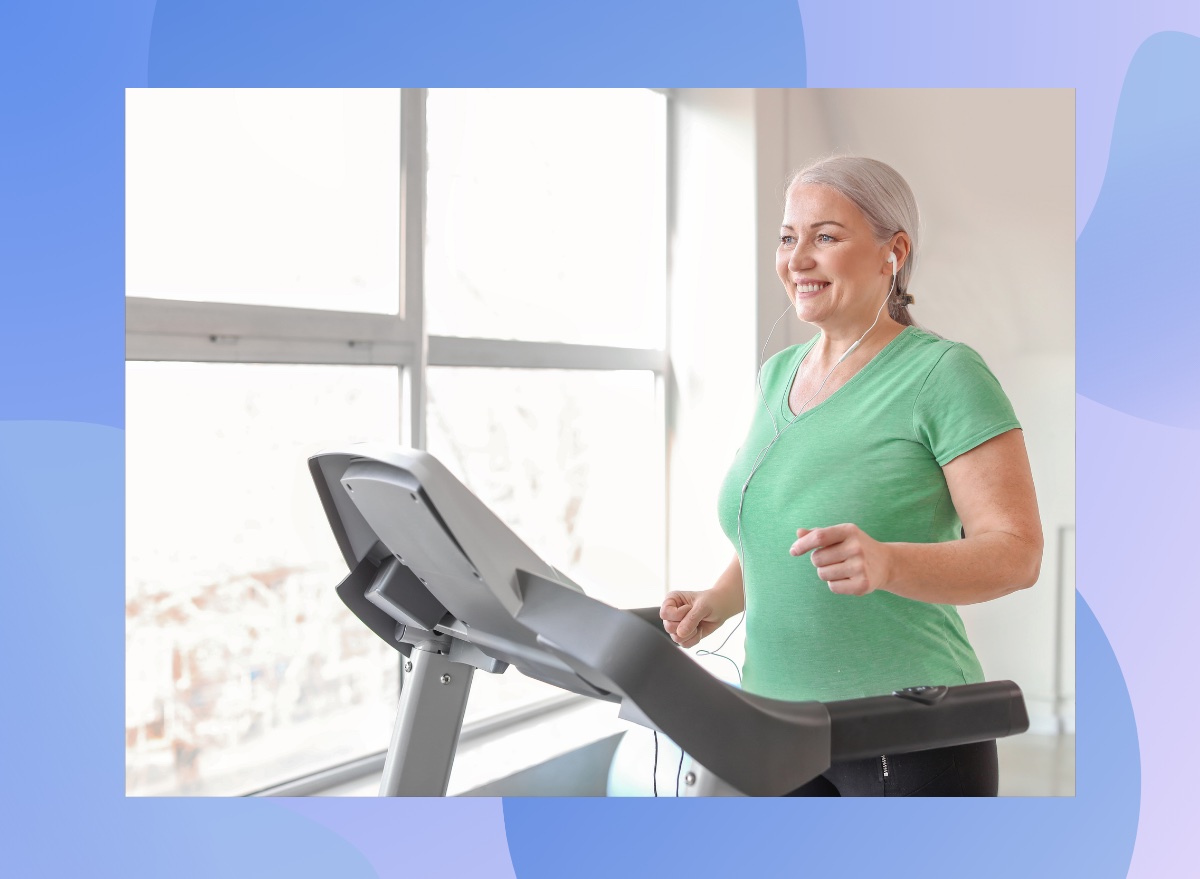
Look, we get it. As you age, you may not feel as energetic as you did in your 30s, 40s, or 50s. According to a 2021 review, anywhere from 40% to 74% of older adults in the U.S. deal with fatigue. However, the way to boost your energy and inject vitality into your life is to find fresh new exercise routines that keep you excited and motivated. Take treadmill workouts, for example. These workouts can be a fantastic tool to help you achieve your health and fitness goals—especially for older adults. That's why we spoke with Rachel MacPherson, CPT, an ACE-certified personal trainer with Garage Gym Reviews, who shares her #1 treadmill workout for seniors.
Walking or running on a treadmill provides a safe, low-impact cardiovascular workout that can help you stay active, improve your endurance, and boost your mood. Staying active becomes increasingly important for maintaining your health and independence as you age. One study found that 12 sessions of treadmill workouts improved balance and speed among older adults. Plus, regular treadmill exercise can help improve your cardiovascular health, strengthen muscles, and even enhance cognitive function.
"Seniors vary widely in their needs and abilities, but growing older means you must watch for joint pain, muscle loss, and cardiovascular health," says MacPherson. "This treadmill workout for seniors prioritizes heart health, muscle strength, balance, and overall well-being with a low-impact, easily adjustable routine. Aim to do this treadmill workout at least five days a week to reach the 150-minute mark for moderate-intensity activity as recommended by the Physical Activity Guidelines for Americans."
Keep reading for MacPherson's go-to treadmill workout for seniors.
Warm-up (5 minutes)
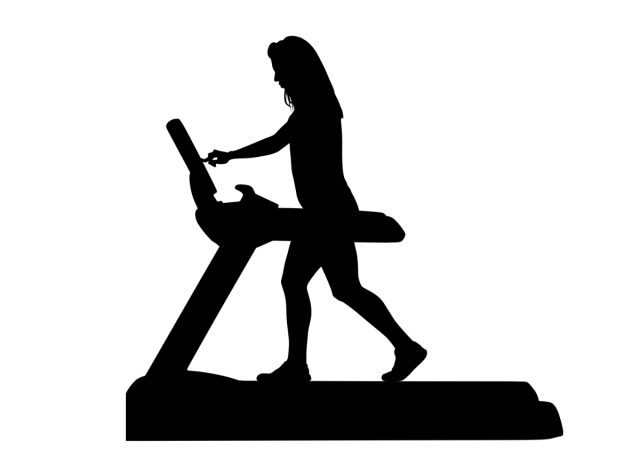
Before starting your treadmill workout, warm up your muscles to help prevent injury and get your body ready for exercise. Begin with a brisk walk or light jog on the treadmill for about five minutes at a moderate pace. This will increase your heart rate and blood flow to your muscles, helping to loosen them up and improve flexibility. Focus on maintaining good posture and engaging your core muscles throughout the warm-up.
MacPherson says, "Start with a gentle walk on the treadmill. Set the speed to a comfortable pace where you can easily talk without getting out of breath. Warming up is important as it prepares your body for exercise, reducing the risk of injury and gradually increasing your heart rate."
Treadmill Workout (20 minutes)
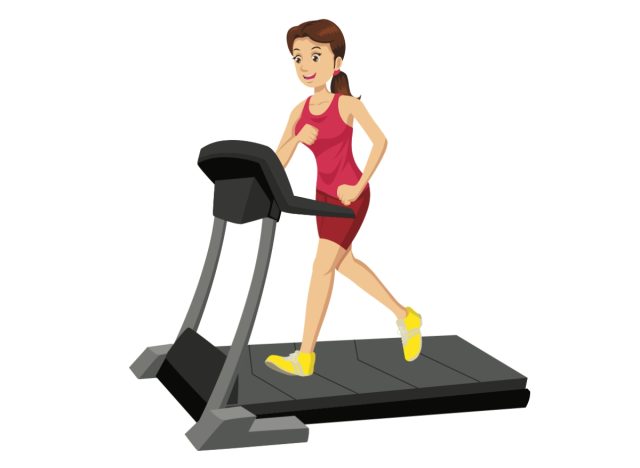
Okay, it's time for the main part of your treadmill workout. The first phase of this treadmill workout begins with a 10-minute session of steady-state walking. Aim for a brisk pace where your breathing is elevated but not strained, allowing you to hold a conversation without difficulty. Start with a 0% incline and gradually increase it to 2% to 3% to simulate outdoor walking.
Transition to the second phase of the treadmill workout by incorporating intervals to boost your heart health. Alternate between one-minute sessions of walking at a faster pace (enough to make talking a bit challenging), followed by one minute of your initial brisk pace, for a total of 10 minutes.
Be sure to add an incline on the treadmill for an extra challenge. MacPherson says, "Keep the incline steady at your comfortable level and focus on changing the pace to boost cardiovascular health."
Strength and Balance Exercises
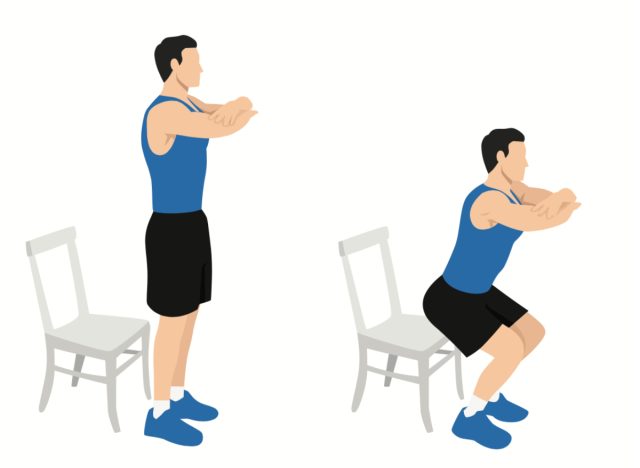
After completing your treadmill workout, incorporate some strength and balance exercises to improve overall fitness and reduce your risk of falls.
"After the walking session, add some strength training exercises like seated leg presses, resistance band arm exercises, or standing squats with a chair for support," says MacPherson. "Include some balance exercises such as standing on one foot, then the other, using the treadmill or a wall for support if needed. Balance exercises like standing on one leg or using a balance board can help improve stability and coordination."
For each strength exercise, complete three or four sets of 10 to 12 reps with one minute of rest between sets.
Cool-down
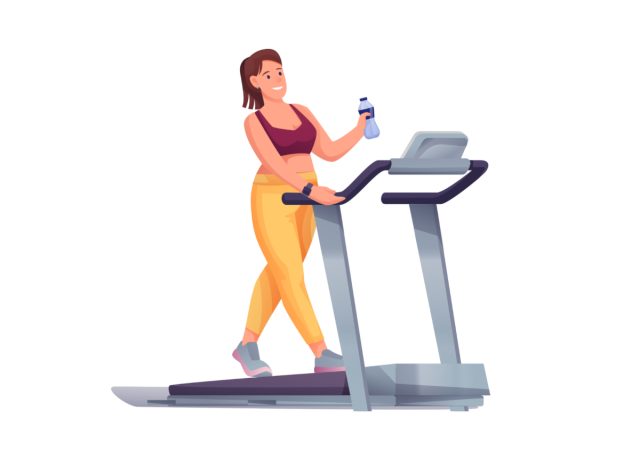
To finish off this treadmill workout for seniors, incorporate a five-minute cool-down to lower your heart rate and ease your muscles back to their resting state.
To do this effectively, slow your walking speed and gradually reduce the treadmill incline gradually. Focus on deep breathing and gentle stretching to help relax your muscles and prevent stiffness.
"Cooling down helps your heart rate return to normal and can reduce stiffness. Slow down your pace gradually until you're walking slowly, then spend a couple of minutes stretching on or off the treadmill," advises MacPherson.
- Source: Chronic Illness and Fatigue in Older Individuals: A Systematic Review
- Source: Effectiveness of Treadmill Training on Balance Control in Elderly People: A Randomized Controlled Clinical Trial
- Source: Effects of Treadmill Training on Muscle Oxidative Capacity and Endurance in People with Multiple Sclerosis with Significant Walking Limitations









